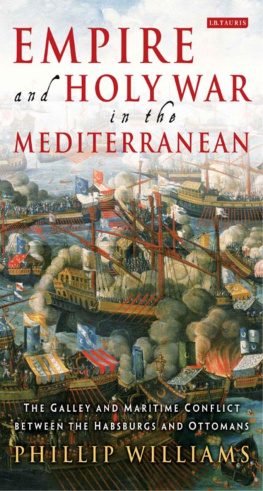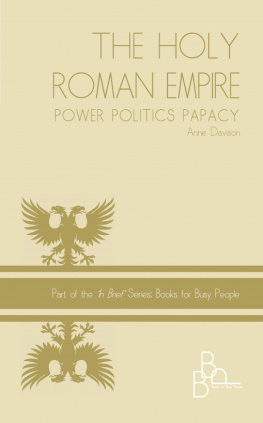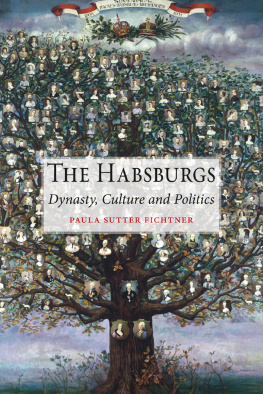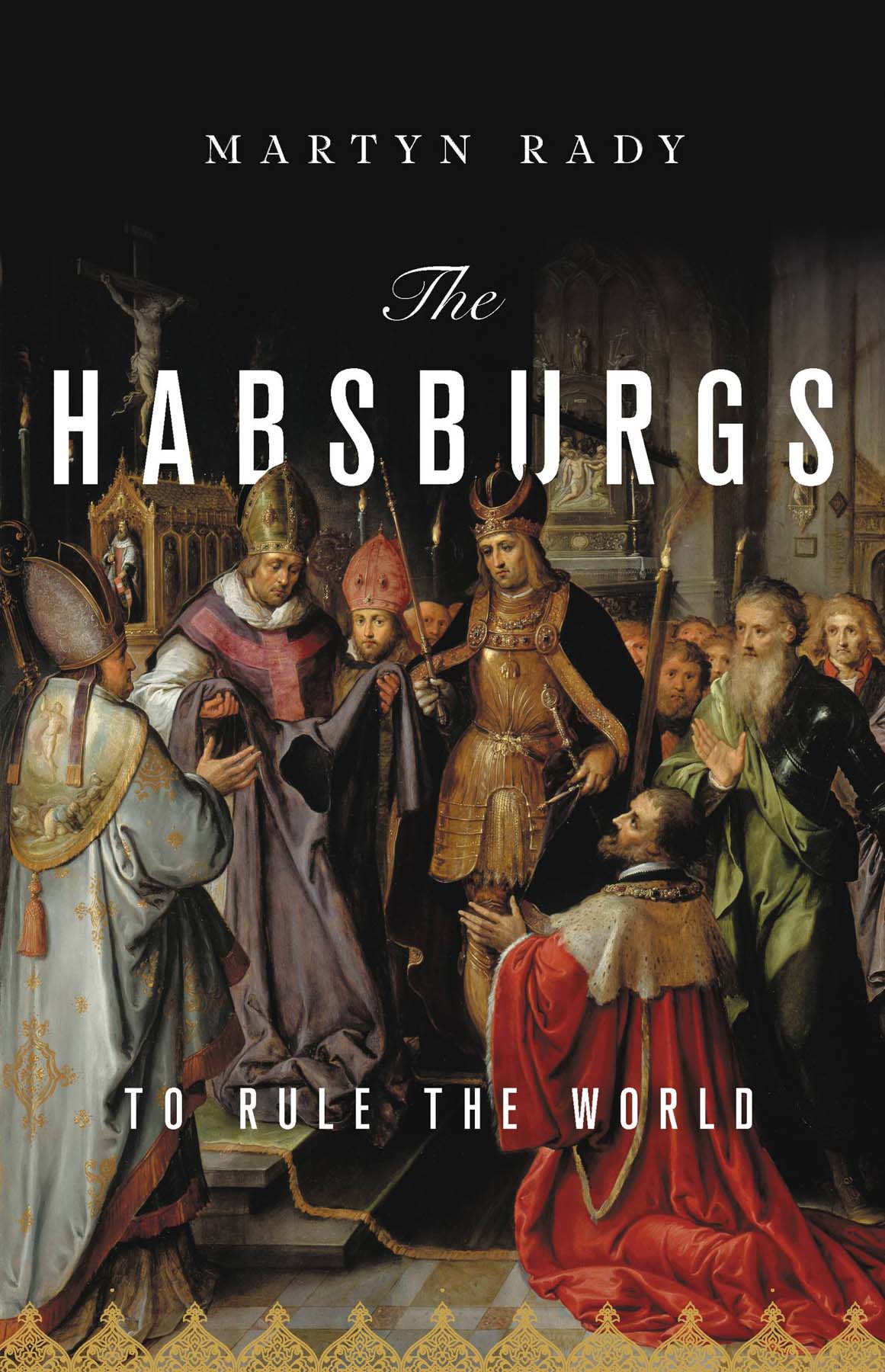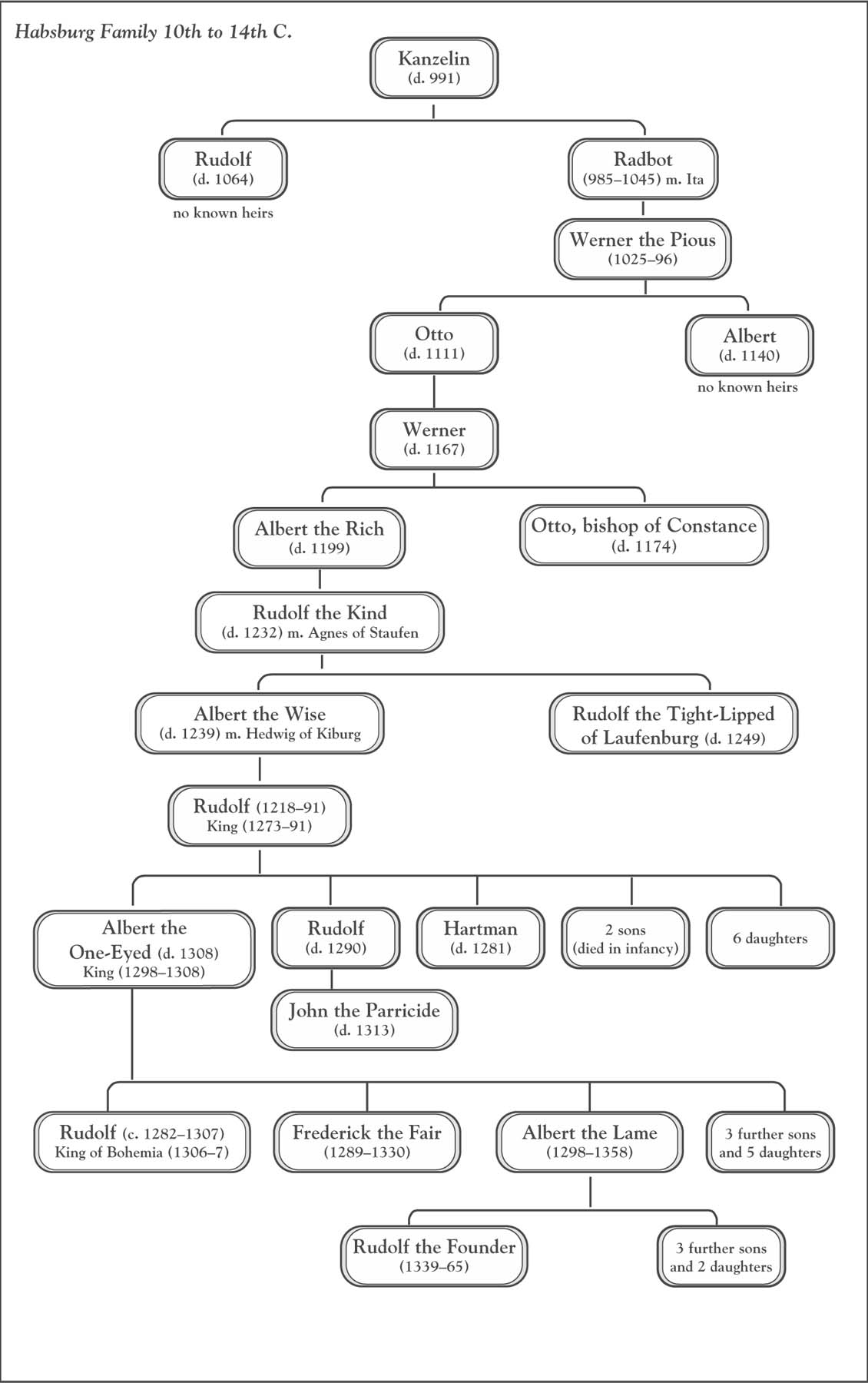Copyright 2020 by Martyn Rady
Cover design by Ann Kirchner
Cover images copyright RMN-Grand Palais/Art Resource, NY; copyright Anna Poguliaeva/Shutterstock.com
Cover copyright 2020 by Hachette Book Group, Inc.
Hachette Book Group supports the right to free expression and the value of copyright. The purpose of copyright is to encourage writers and artists to produce the creative works that enrich our culture.
The scanning, uploading, and distribution of this book without permission is a theft of the authors intellectual property. If you would like permission to use material from the book (other than for review purposes), please contact permissions@hbgusa.com. Thank you for your support of the authors rights.
Basic Books
Hachette Book Group
1290 Avenue of the Americas, New York, NY 10104
www.basicbooks.com
First Edition: May 2020
Published by Basic Books, an imprint of Perseus Books, LLC, a subsidiary of Hachette Book Group, Inc. The Basic Books name and logo is a trademark of the Hachette Book Group.
The publisher is not responsible for websites (or their content) that are not owned by the publisher.
Library of Congress Cataloging-in-Publication Data
Names: Rady, Martyn C., author.
Title: The Habsburgs : To Rule the World / Martyn Rady.
Description: First edition. | New York, NY : Basic Books, 2020. | Includes bibliographical references and index.
Identifiers: LCCN 2019042154 | ISBN 9781541644502 (hardcover) | ISBN 9781541644496 (ebook)
Subjects: LCSH: Habsburg, House of. | AustriaKings and rulers. | AustriaHistory. | EuropeHistory.
Classification: LCC DB36.3.H3 R335 2020 | DDC 929.7/36dc23
LC record available at https://lccn.loc.gov/2019042154
ISBNs: 978-1-5416-4450-2 (hardcover), 978-1-5416-4614-8 (ebook)
E3-20200402-JV-NF-ORI
The Habsburg Empire: A Very Short Introduction
Customary Law in Hungary: Courts, Texts, and the Tripartitum
Romania in Turmoil: A Contemporary History
Nobility, Land, and Service in Medieval Hungary
The Emperor Charles V
Medieval Buda
For Howard and Mary
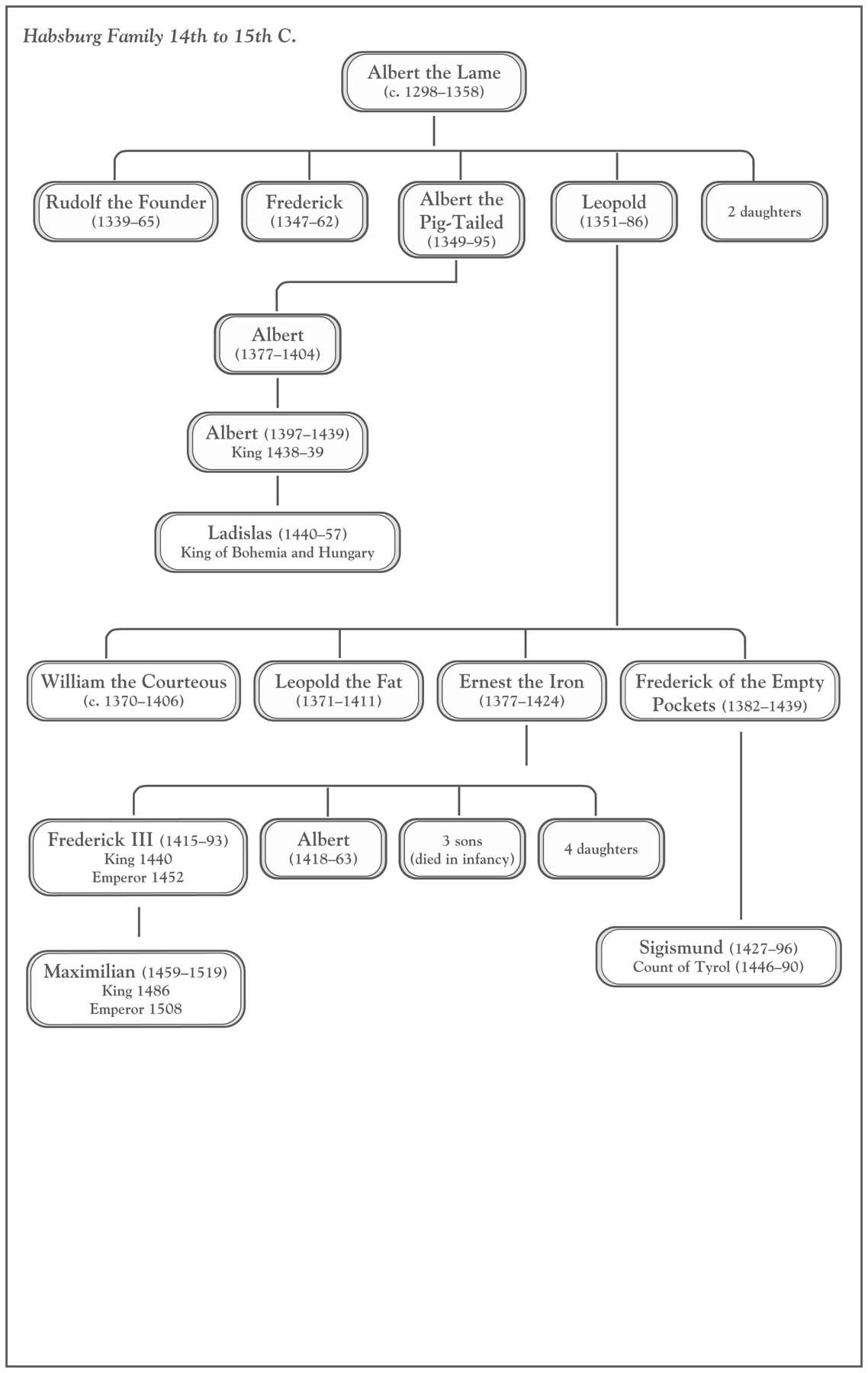
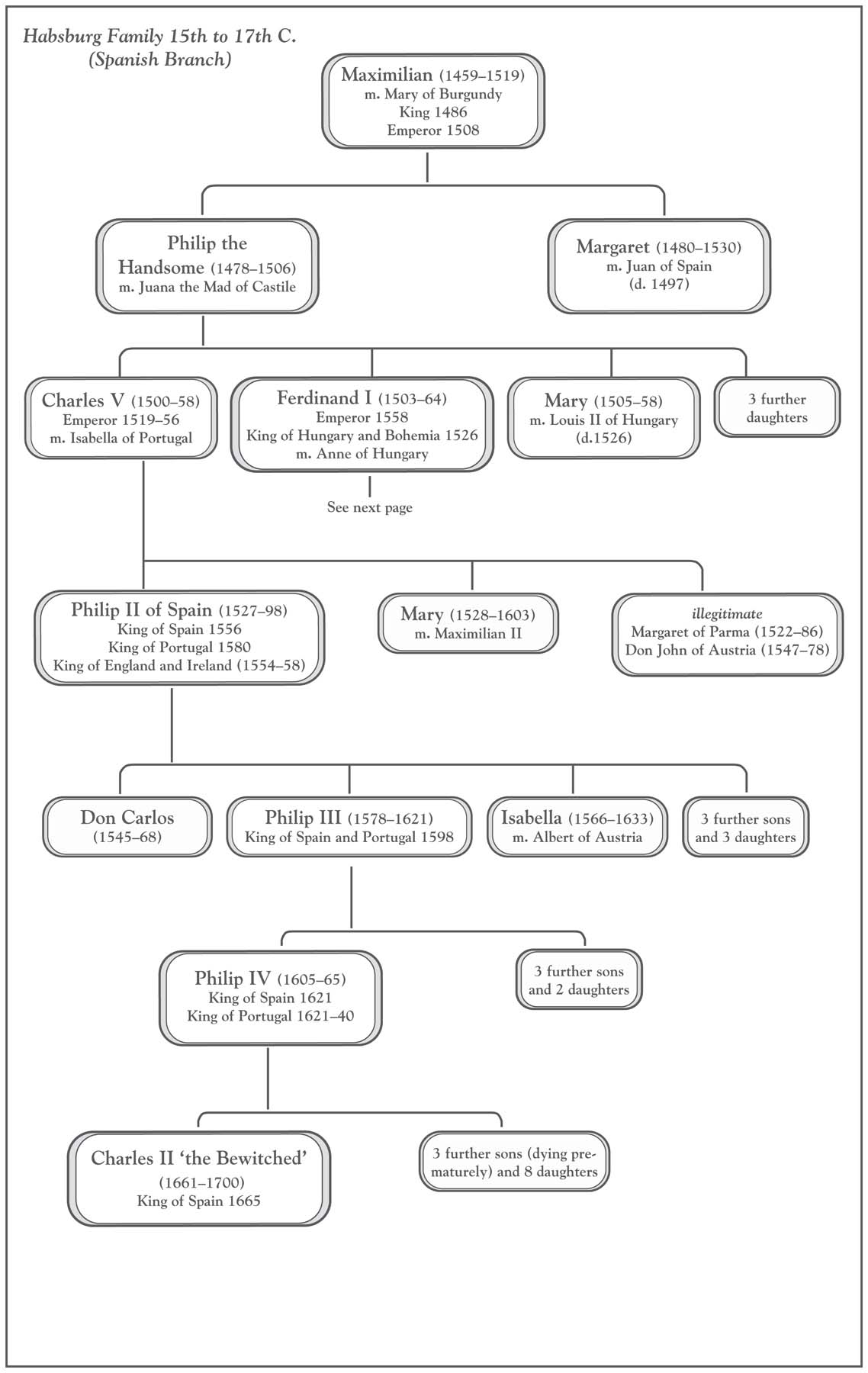
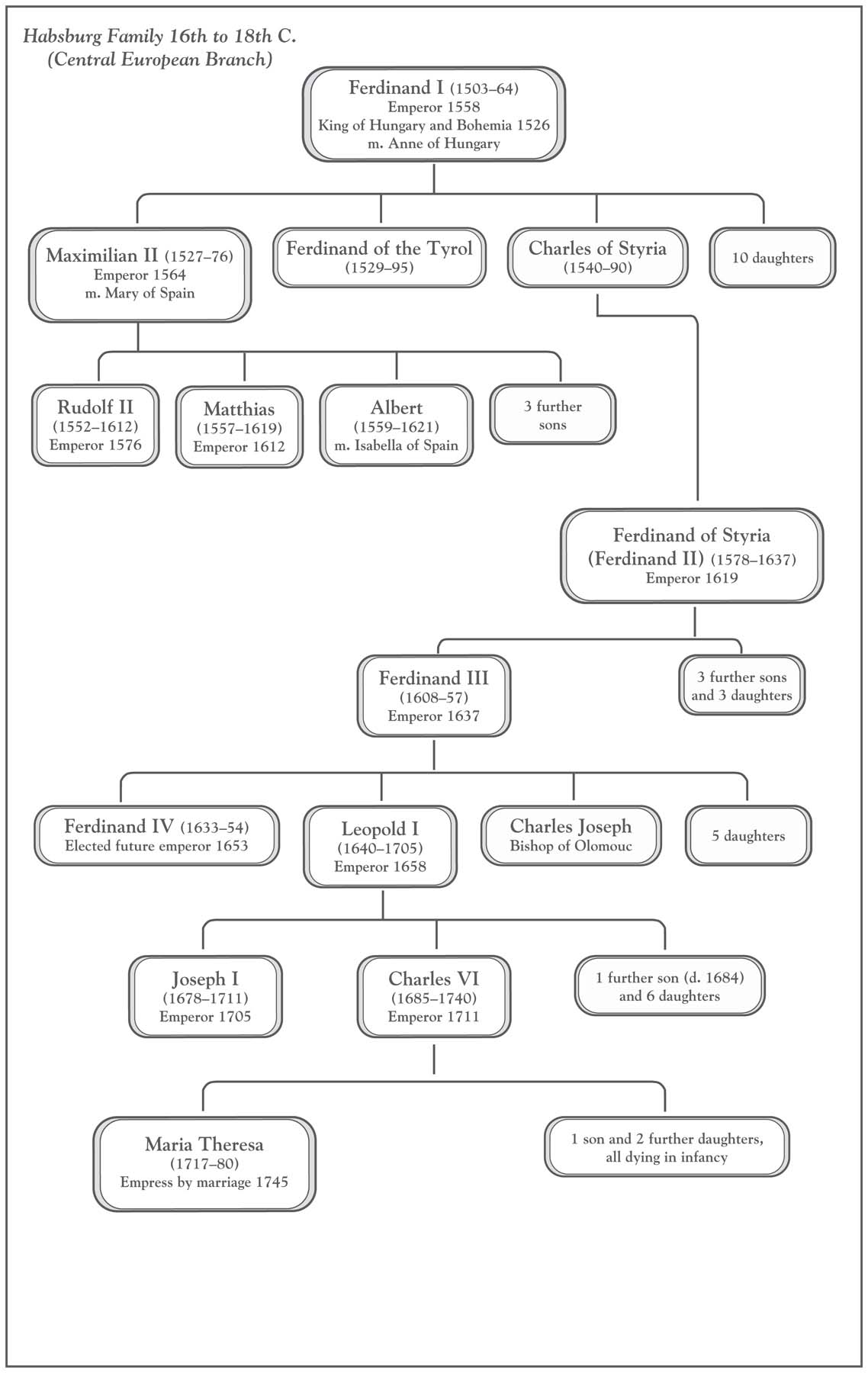
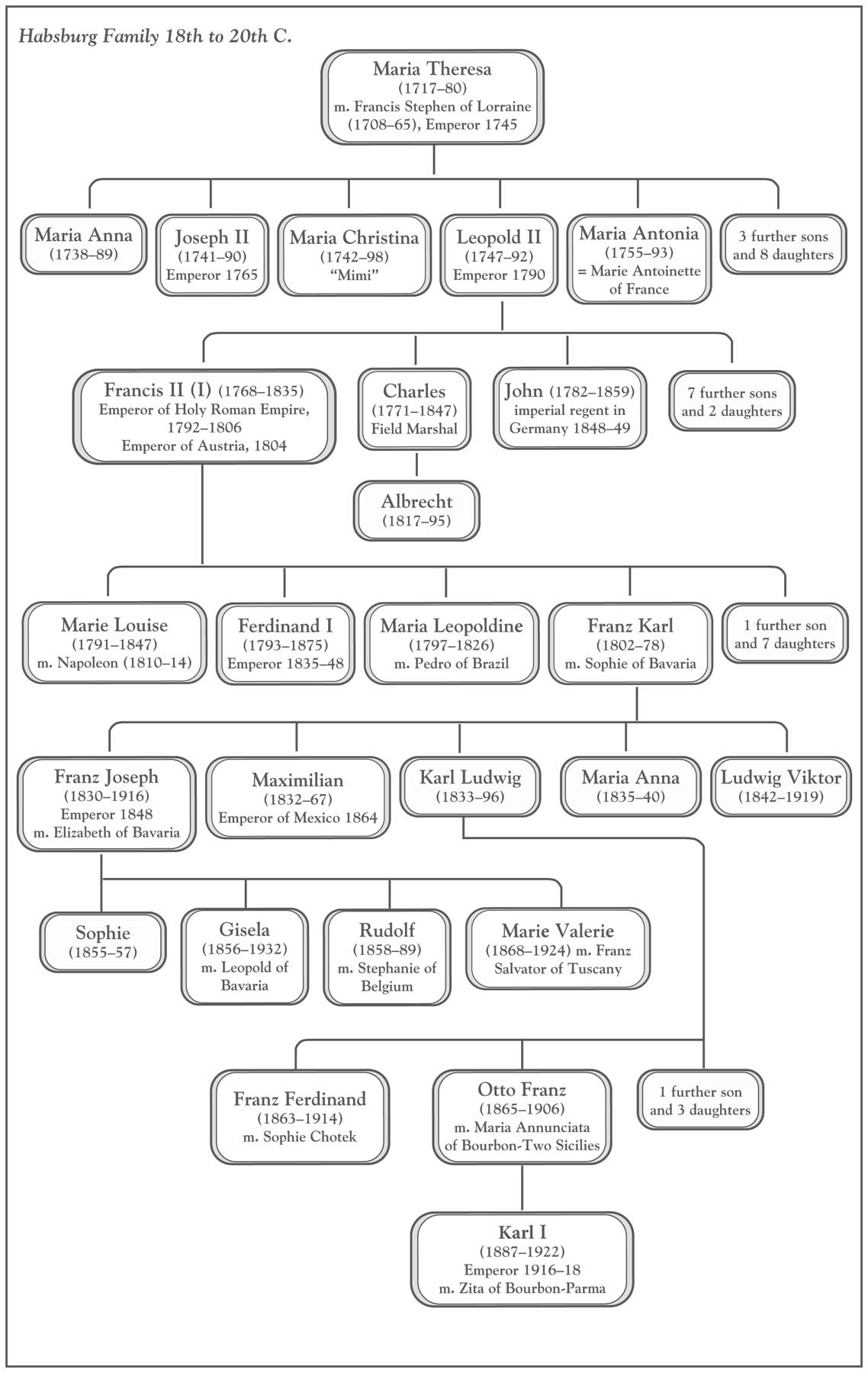
All names of places are given by reference to their current names in use. The exception is Budapest, where Buda and Pest are used separately up until 1873, when the two cities merged.
The names of people follow no consistent scheme. Generally, the names given are the ones most often used in the current historical literatureso Archduke Ludwig but Archduke John. Where there is no consensus, names have been anglicized. The German -f ending in proper names has generally been rendered -ph.
T he Hofburg was the winter palace of the Habsburgs and is now Viennas main tourist attraction. Horse-drawn carriages take sightseers through its arches and along the narrow streets of the neighbouring old city. Crowds press through tight alleys, spilling carelessly into the traffic when they spot the white noses of the Lipizzaner horses in their stables. Apart from the green-domed St Michaels wing, built in the nineteenth century, the palace exterior is unimpressive, comprising consecutive courtyards, now used as carparks, with surrounding facades in a generally subdued Baroque style.
At least todays Hofburg is in good repair. Photographs and lantern slides from the time before 1918, when it was still a working palace, show fallen masonry, cracked walls, and broken windows. For much of its history, the Hofburg has been a building site. Successive emperors added on wings, tore down obstacles to improvement, and rebuilt in stone rather than wood. Until the late seventeenth century, the Hofburg was also integral to the citys defences and rested against one of Viennas bastioned walls. The Ottoman Turks last set siege to the city in 1683. With their defeat, it was finally possible for Habsburg emperors to conceive of the Hofburg as a palace and ceremonial stage and not as a fortified residence.
The Old Fort became the first Habsburg emblem. In origin the Habsburgs were a Central European dynasty and Austria was their heartland. But in the sixteenth and seventeenth centuries, they were also rulers of Spain and of Spains possessions in the Low Countries, Italy, and the New World. Although by then militarily obsolete, the design of the Old Fort was reproduced in the great castles that the Habsburgs either commissioned or rebuilt in Spainin Toledo and Madridand it was carried to the Americas. In Mexico, the block house with four towers was a mark of the power wielded by the first royal governorslesser men had to be content with just two towers. In the Holy Roman Empire, over which the Habsburgs ruled as emperors, and which is very roughly where Austria, Germany, and the Czech Republic are today, ambitious princes also built four-tower keeps, as a way of communicating their own prestige.
The Habsburgs were the first rulers whose power encompassed the world, and they achieved greatness by luck and by force. The four-tower keep was in the sixteenth century an expression of their physical mastery of a part of Europe and, by its reproduction overseas, evidence of their global dominion. But it was only one symbol among many that the Habsburgs deployed, for they conceived of their power as both something that they had been predestined for and part of the divine order in which the world was arranged. This required a subtler symbolism than a threat in stone.
The rebuilding of the Hofburg in the early eighteenth century, which saw the Old Fort finally disappear from the horizon, included the construction of the Court Library (Hofbibliothek). Previously, the imperial library had been housed in an abandoned friary in Vienna, in the wing of a private
The new library building was put up in the 1720s, and it remains much the same today, as Emperor Charles VI intended. Some two hundred thousand books and manuscripts were shelved in a single hall, 75 metres (250 feet) long. By this time, the collection included works on theology, church history, law, philosophy, science, and mathematics, and bound manuscripts written in Greek, Latin, Syriac, Armenian, and Coptic. Charles opened his library to scholars, although they had to apply for permission, and visiting hours were restricted to mornings. In return for this act of generosity, Charles imposed a tax on newspapers. Originally temporary, to cover the cost of building, the tax soon became permanent, being ostensibly dedicated to future acquisitions. Printers were also expected to furnish the library with copies of every book they produced. Since many Viennese printers also dealt in pornography, this was an obligation that was often shirked.


